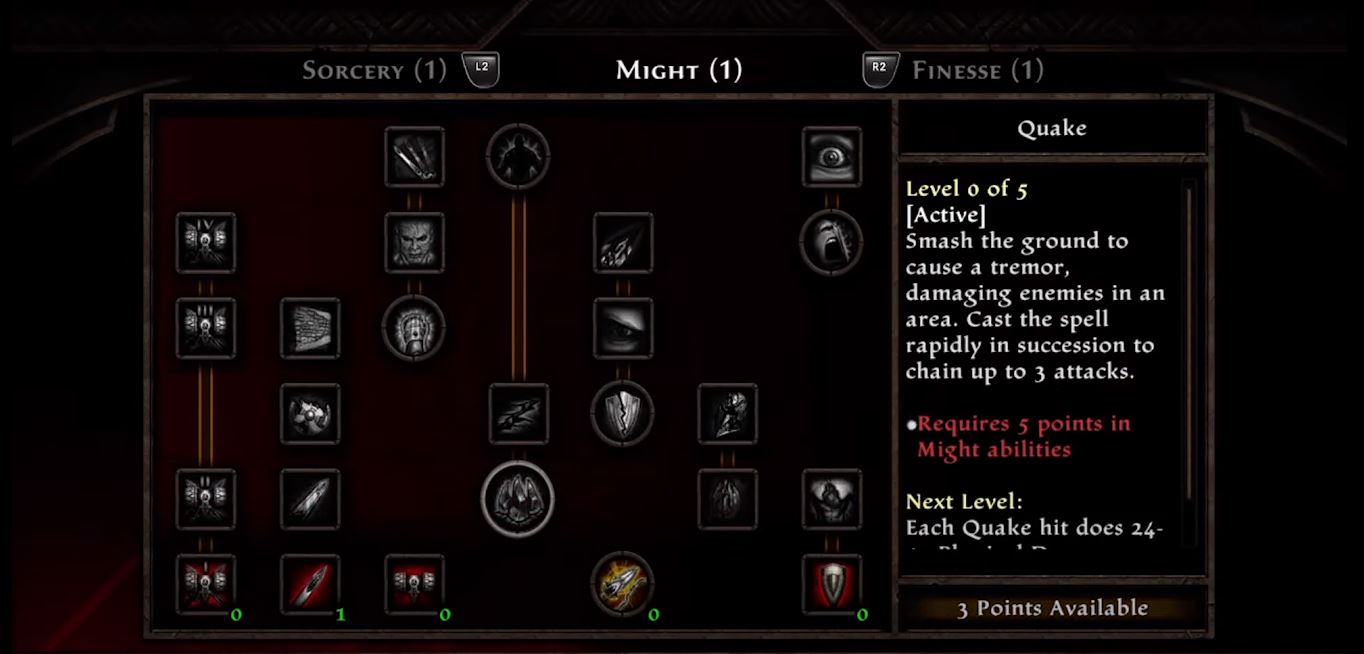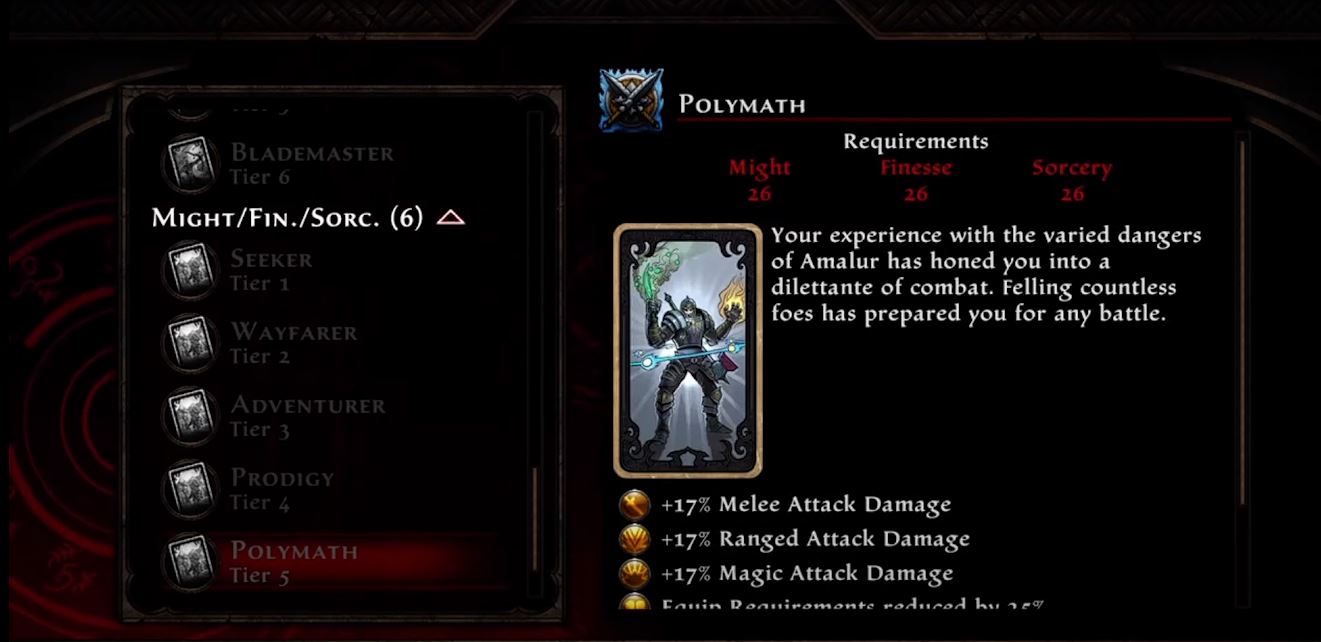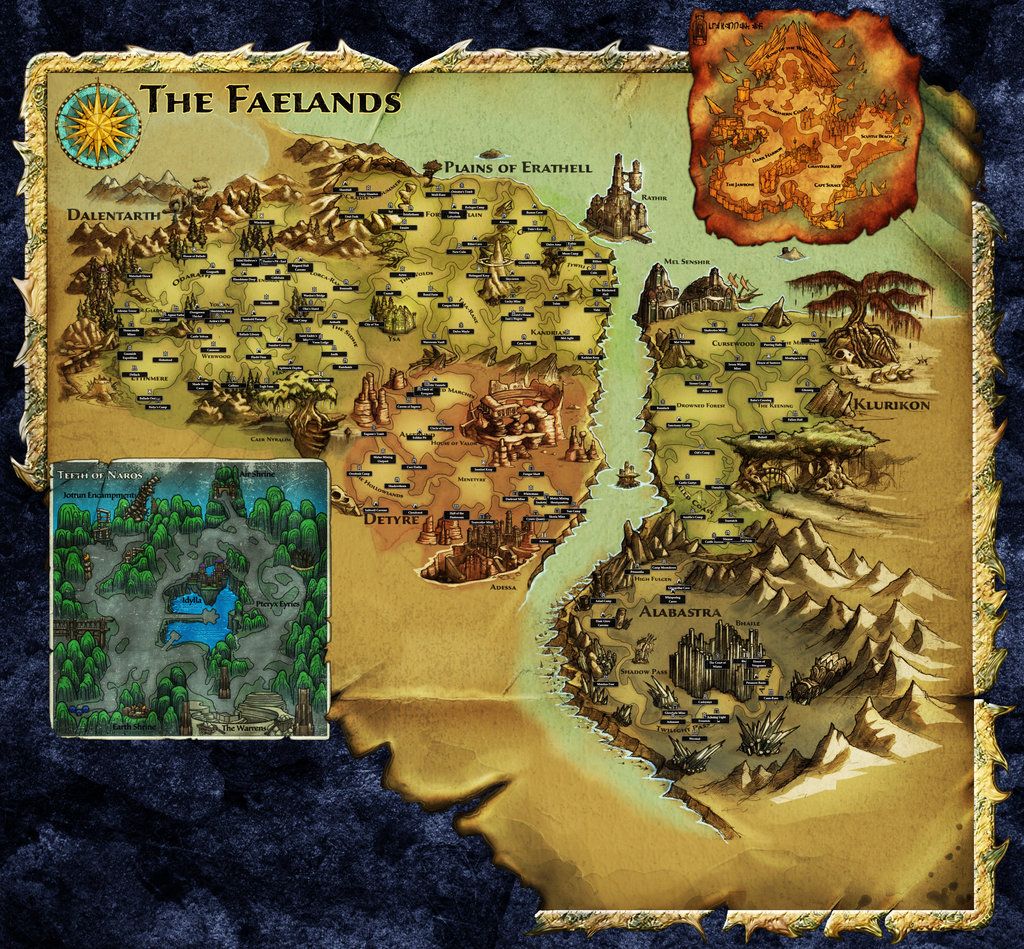Story Highlights
Over the past decade, gamers have gotten the chance to play tons of amazing RPGs. Some like Fallout: New Vegas, have stood the test of the time. While others, like Skyrim, remain relevant even today, through community engagement and the modding scene. However, every now and again, there’s a title that simply flies under the radar of most people.
These games, sometimes by sheer luck, never really get the chance to shine, despite often bringing new elements to the table. Kingdoms of Amalur: Reckoning is one such game. The action RPG from 2012 was developed by Big Huge Games and published by 38 Studios. While the title garnered a fair bit of traction when it was first released, but ultimately failed to make a huge splash.
A big reason behind this was that it directly competed against Bethesda’s behemoth of an RPG, Skyrim, which came out just a couple of months before Kingdoms of Amalur. Most RPG fans already got their money’s worth with Skyrim and didn’t want yet another title, from a lesser-known company distracting them. However, despite being so woefully overlooked all those years ago, I believe Kingdoms of Amalur had a lot to offer.
In fact, it continues to remain one of the most underrated gems that any RPG player should consider trying out. Here’s why.
A Unique Take On RPG Combat
One of the reasons why Kingdoms of Amalur continues to have such a big cult following is the title’s unique take on combat. Instead of the usual type of action you see in titles of this genre, the developers opted for something closer to an action game. Because of this, you’ve got the ability to do combos simply by spamming the Attack button.
But with the ability to unlock new weapon abilities as you progress, the game allows players a ton of freedom on how they want their character to thrive in combat. Each weapon in the game comes with an entirely different moveset. This means that there are plenty of opportunities to try out something new. Combining the spells and abilities you have at your disposal with these weapons can lead to some truly varied gameplay.
The fast-striking daggers are an ideal choice for players who want to mix in both damage and speed. While the slower and more methodological hammer can strike down huge swaths of enemies, assuming you can land the hit. The game also offers an assortment of ranged item choices, including staffs and bows that provide options to players who wish to strike from a distance.

While all that might sound pretty standard for an RPG game, Kingdoms of Amalur shines by giving players a ton of freedom in how they want to use each of these weapons. Equipping a weapon automatically unlocks its moveset for you. What’s more, players are able to switch between two weapons on the fly during combat. This makes it really fun to experiment with several weapon types seamlessly.
Beyond just customization, however, the game has a very snappy and satisfying feeling to its combat. Through the use of effective animations and sound effects, getting a hit on an enemy is evident both through visual and audio cues. This goes back to the combat being more reminiscent of something out of an action game rather than your typical RPG.
The Chance To Shape Your Own Class
Unlike many other RPGs that lock you into a class right from the character creation screen, Kingdoms of Amalur had a unique take on its class system. Essentially, instead of asking players to select from a bunch of pre-made stat distributions that locked them into a specific role, the game gave players the option to invest in a specific skill tree after each level.
These three trees were Might, Finesse, and Sorcery. In more layman’s terms, these were the Warrior, Rogue, and Mage trees of the game. But because players basically started as something similar to the Deprived class from the Dark Souls series, the choice to invest in a specific tree was left completely up to you. This meant you could become a full-fledged Warrior, Rogue, or Mage, or just about anything in between.

The game offers players a ton of choice in how they want to approach these trees, allowing them to mix and match abilities from individual areas as they see fit. In fact, doing so unlocks a bunch of specific Destiny Cards that solidify your role. These give you buffs and enhancements and basically serve as your current class. As you invest more points into individual trees or a combination of them, you unlock stronger Destiny Cards.
For example, investing points in the Sorcery and Might trees shapes the players into a Battlemage. They’ll have the ability to dish out strong melee attacks while still benefitting from magic and sorcery. Similarly, players can choose to become a fully decked-out Assassin via the Finesse tree. Or maybe they might want to gain additional magical perks like teleportation by investing in the Sorcery tree.

Ultimately, the game allows players to shape their own class, by investing in the skill trees they want. And the fact that they get Destiny Cards with additional perks to reward their choices, it really does feel like there’s no wrong option in how you want to develop your character. This, of course, adds a lot of replay value too. You could opt for an entirely different build, or even change yours during the course of a single playthrough.
A Fantastical Open World
Open worlds aren’t a new concept by any means. However, back when Kingdoms of Amalur came out, it genuinely tried doing something new and interesting with its take on the genre. For one, most of the games from the PS3 era were kind of devoid of color. Sure, the Dark Souls series has its charm, being a grimy dark fantasy series. But that wasn’t the goal that Kingdoms of Amalur set out to achieve.
Instead, the game’s world is set in the high fantasy, colorful world of Amalur. This is something that the developers spent a lot of time crafting. They planned on using it as the sandbox for tons of future games, so, details regarding the world and its inhabitants were decided early on. While none of this ended up panning out beyond the first game, it’s still something that feels evident as you explore the game’s open world.

From the interactions between the NPCs, to how they react to the player, there’s a sense of depth in the game’s open world. This is also thanks to how the side quests and campaigns pan out. Areas that might not seem too relevant at first have entire isolated storylines attached to them. And sometimes, characters from one part of the map might be important in other areas in ways players might not even expect.
It helps to keep exploration of the world engaging, with players finding new details around every nook and cranny. While it would’ve been cool to see how the developers’ long plan for the game’s universe panned out, there’s no denying Kingdoms of Amalur’s lore and worldbuilding do a decent job of keeping players engaged throughout its runtime.
Where It All Went Wrong
Kingdoms of Amalur’s failure is all the more interesting when you consider how well it matches up against the titans of its time. Skyrim, despite being massive in scale, has a combat system that feels downright unfinished compared to KoA. In the end, being an all-new IP with little to no name recognition, and a seemingly generic high fantasy premise clipped its wings. However, marketing could also be to blame.
For the game’s development, $75 million dollars of government bonds had been issued by the state of Rhode Island in 2010. This would’ve been used for KoA, as well as an MMORPG that the studio was working on at the same time. With the MMO getting canceled, the burden of making up for those profits fell entirely on Kingdoms of Amalur.
Even with its 1.2 million copies sold, the game simply couldn’t make enough cash to help the studio break even. Add in some bad press, and well, investors didn’t seem all too keen on a potential sequel and started pulling their investments. The studio and publisher eventually closed their doors before a second game could come out. However, fans have been wanting to return back to Amalur for a while now.

THQ Nordic picked up the IP after 38 Studios burned in flames and delivered a remaster of sorts in 2020. Called Kingdoms of Amalur Re-Reckoning, it added certain gameplay and graphical enhancements, as well as a new expansion pack to the game. However, lots of fans are still holding out hope for a proper remake, or even a sequel to the series, now that THQ Nordic has the rights to the IP.
Thanks! Do share your feedback with us. ⚡
How can we make this post better? Your help would be appreciated. ✍



